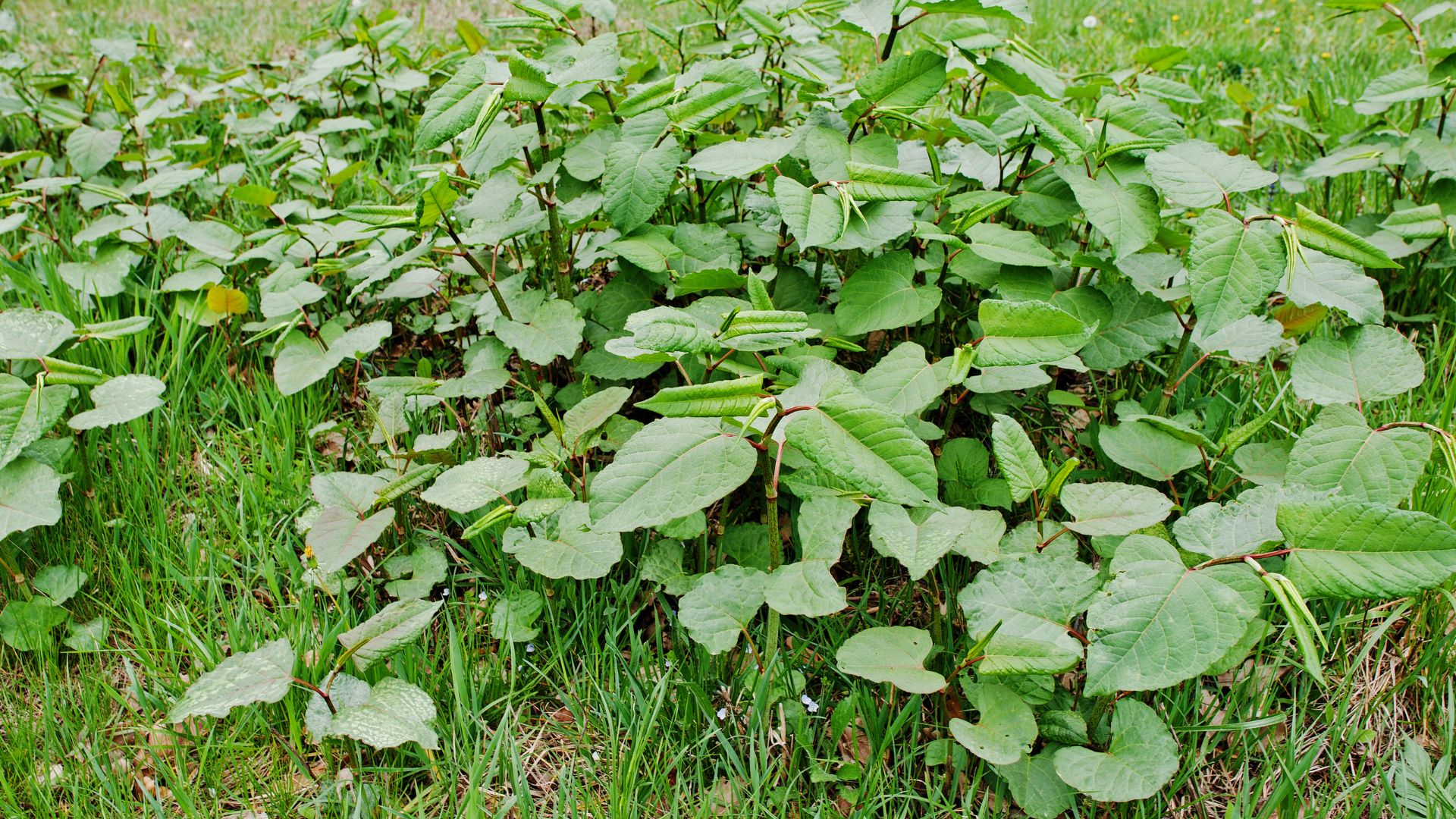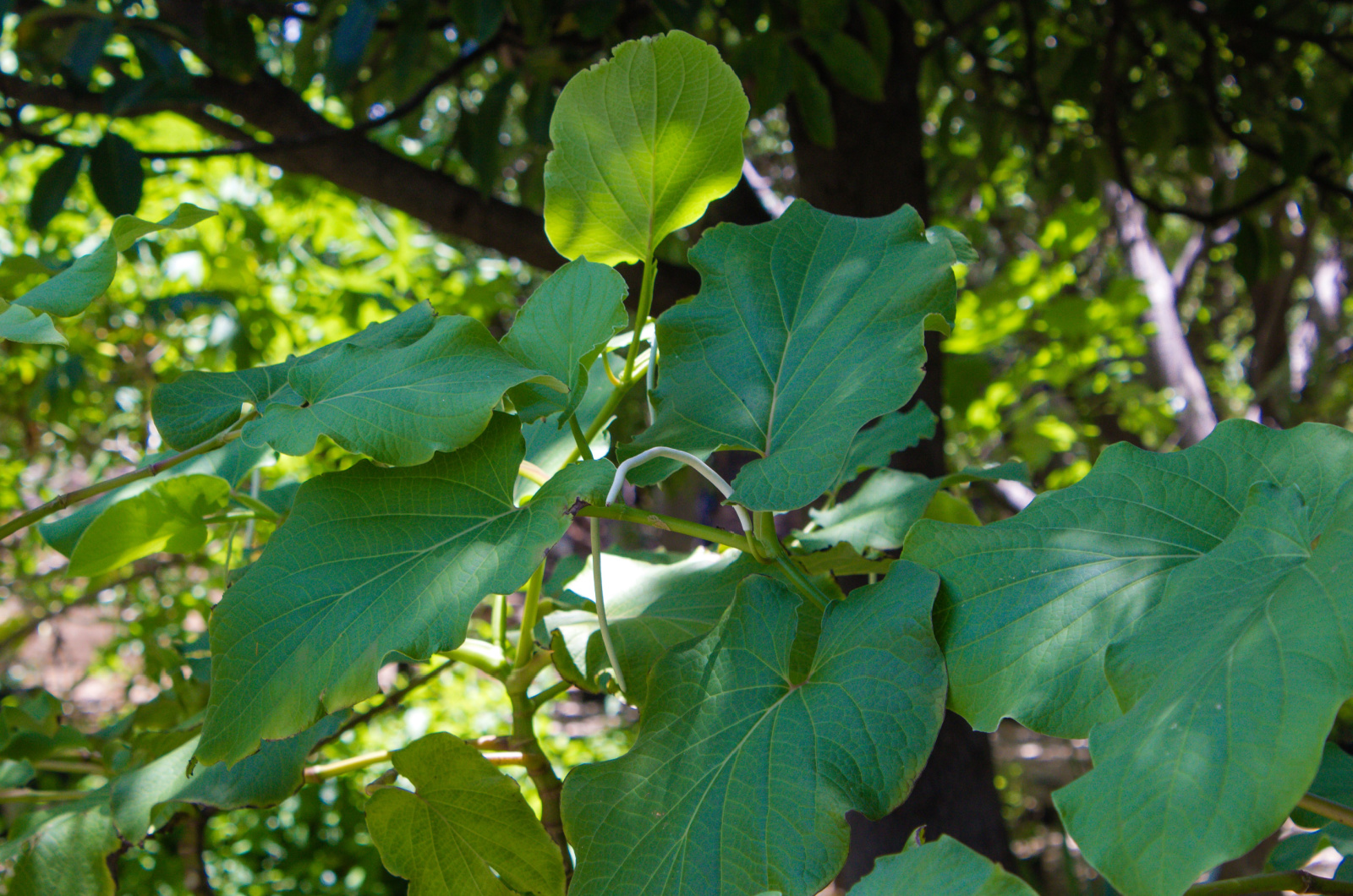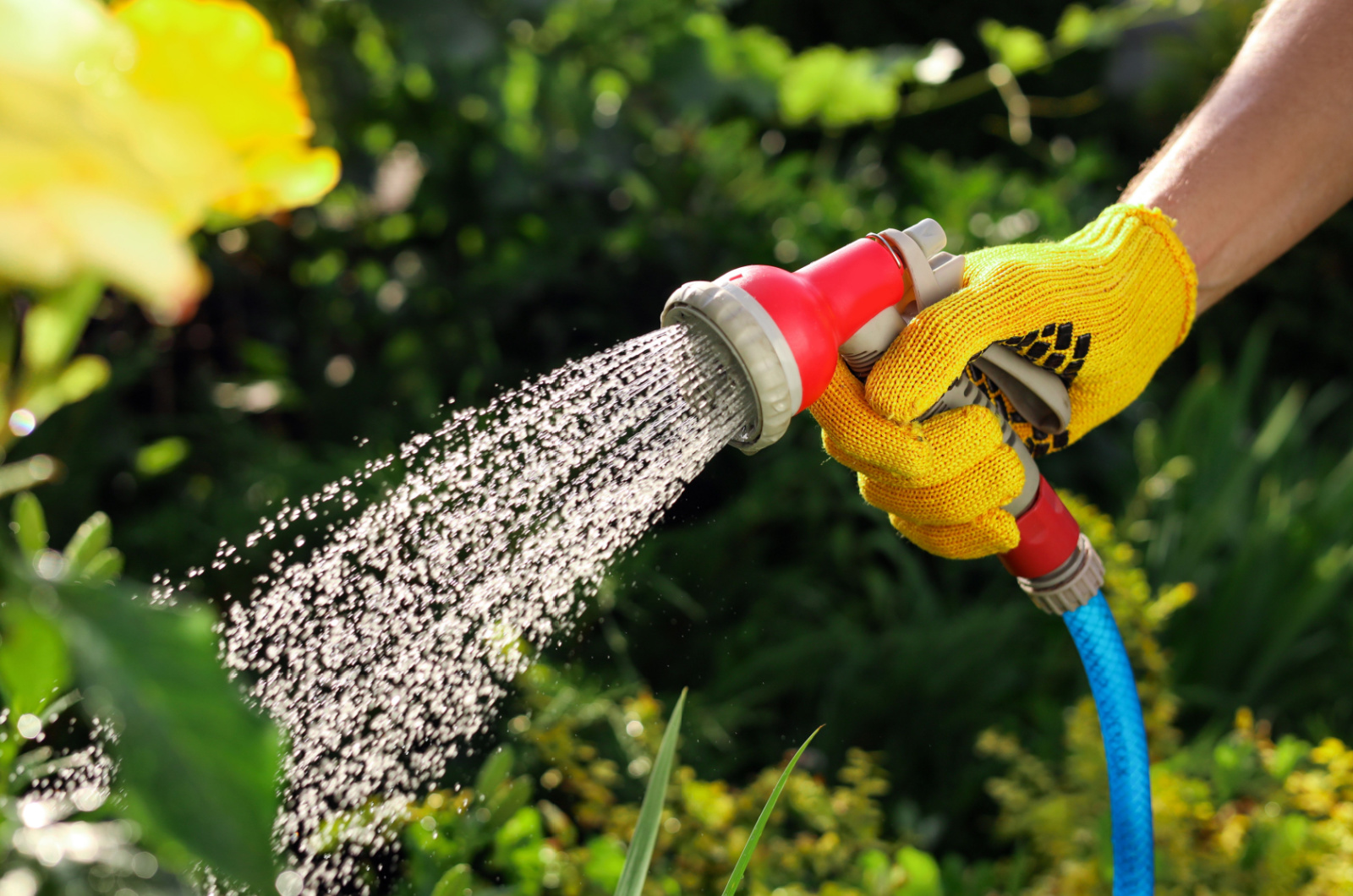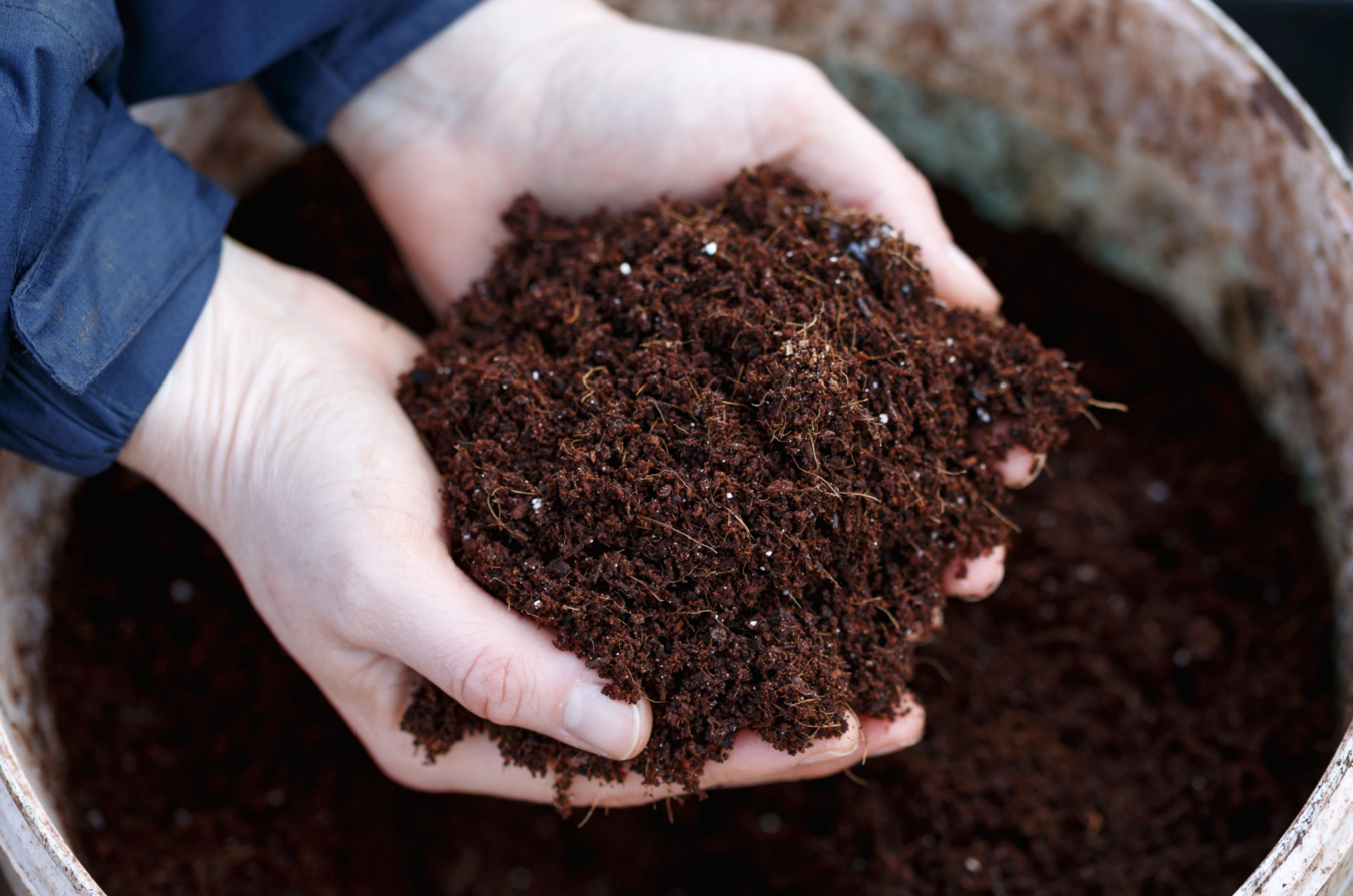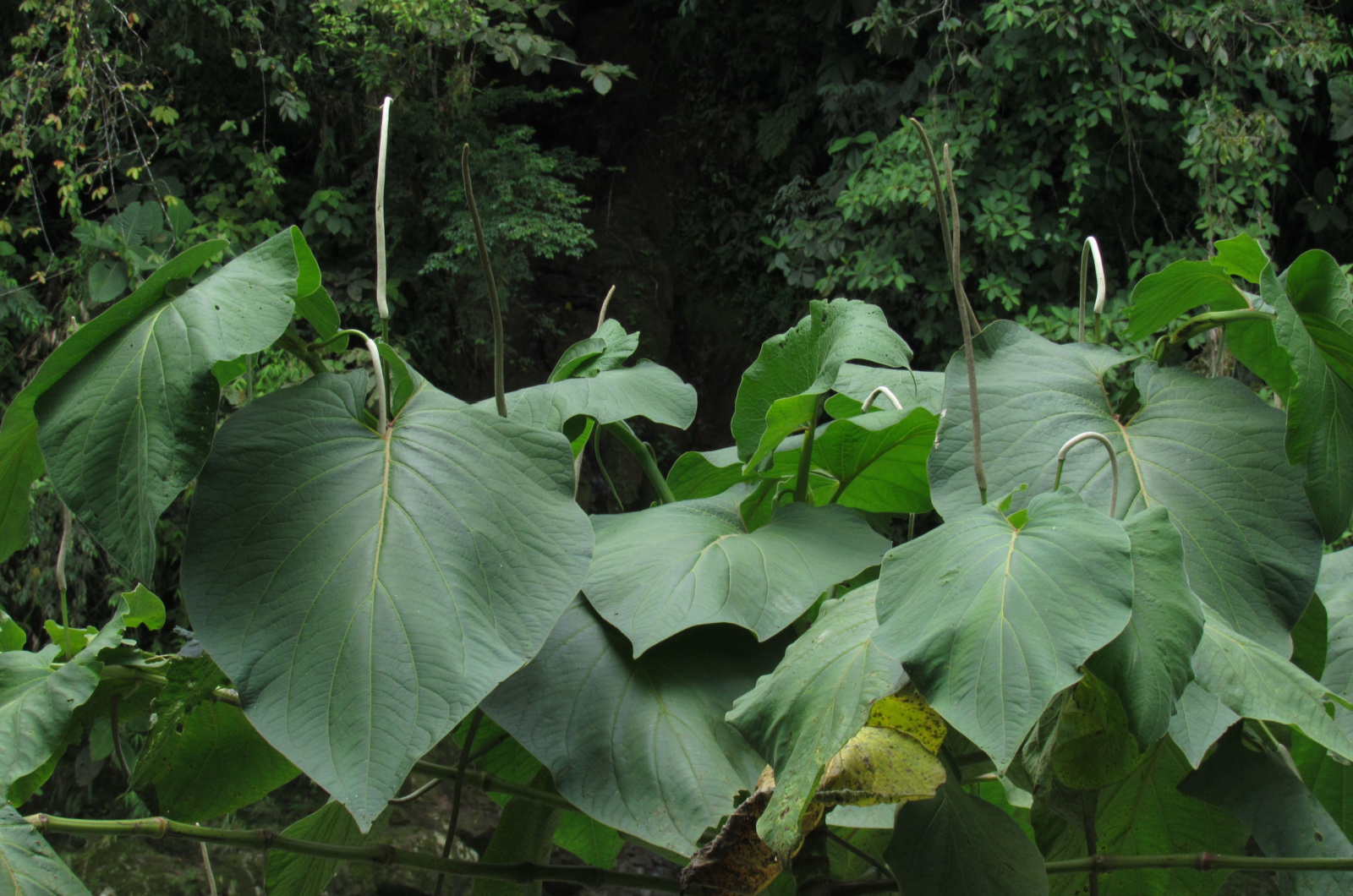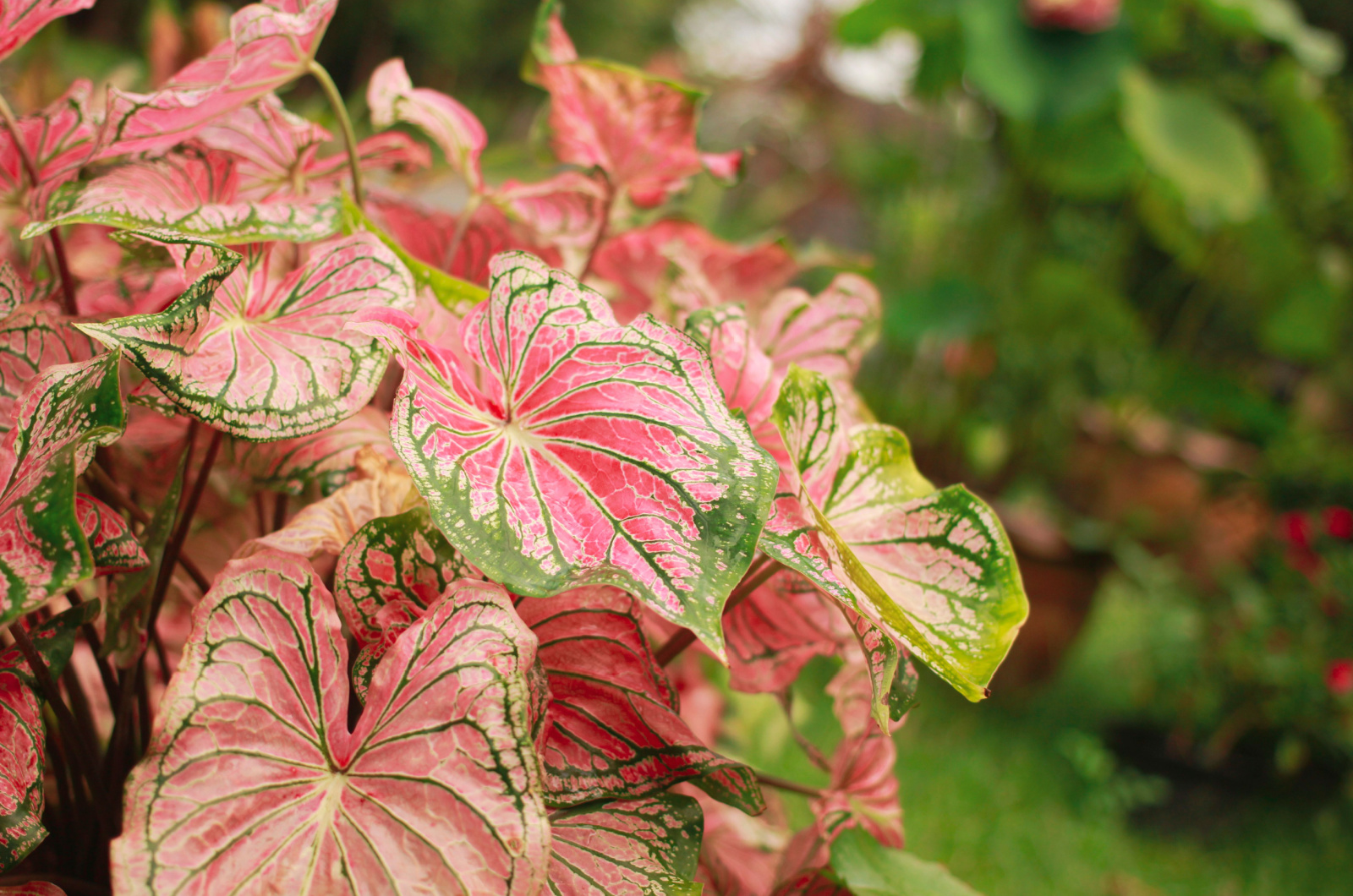Many gardeners want their outdoor space to look unique, and if you’re one of them, I have a plant that will help you achieve your goal.
Meet the root beer plant, a captivating shrub renowned for its heart-shaped, bright green leaves with matte texture. They emit a pleasant fragrance, making the plant a perfect addition to outdoor design.
This species also generates odd but beautiful flower spikes and this feature adds to the plant’s uniqueness.
In this article, I’ll show you how to grow root beer plant and how to get more of these plants for free!
Before I move on, here’s some basic info about the plant.
| Botanical Name: | Piper auritum |
| Common Names: | Root beer plant, Hoya santa, Holy Mexican pepperleaf |
| Plant Size: | Up to 10 feet |
| USDA Hardiness Zone: | 8 through 11 |
Let’s get started!
Planting Guide
I’ll start this journey with some tips for planting the root beer plant. Let’s see where, how, and when to plant it!
Where To Plant
There’s one thing you should do before planting a root beer plant. It’s actually considered invasive in some regions, so please check with local authorities for more information for your particular area. (1)
This plant is native to the Americas and can reach up to 20 feet tall in its natural environment. However, when grown outside its native habitat, it won’t exceed 10 feet tall and wide.
So, the first thing to make sure of when selecting a location for a root beer plant is that the plant has enough room to develop healthily.
Additionally, you need to find a partially shaded spot because this plant isn’t a fan of full sun. If you want to create a woodland shade garden, this plant is an excellent choice.
You can plant it near a patio or easy-to-access parts of the garden to rub the leaves for fragrance.
If you have small children or pets, then keep your root beer plant out of their reach because it contains safrole, a compound banned for consumption by the FDA. (2)
How And When To Plant
If you live in warmer climates, you can plant your root beer plant anytime during the growing season.
On the other hand, if you live in colder climates, you should plant it in spring so that it has enough time to establish until winter.
The hole should be similar in size to the rootball of the plant. Make sure to loosen the soil after planting to encourage new growth.
Irrigate your freshly planted root beer plant and apply a layer of mulch to help the soil retain moisture. Water the soil regularly until the root ball plant is established. Consistently moist soil is key to the healthy development of this Piper plant.
Root Beer Plant Care Guide
Now it’s time for you to learn how to maintain the health and vigor of your root beer plant.
Here’s a table with an overview of root beer plant requirements.
| Ideal Location: | Partial shade |
| Soil Type: | Fertile, moist, quick-draining |
| Watering Needs: | Moderate to high |
| Fertilizer: | Feed with compost |
Light Requirements
For best results, ensure partial shade for your root beer plant. It can grow in full sun but the soil drains too quickly so you’ll be holding a hose constantly.
Full shade isn’t a suitable option for root beer plants because they will become leggy and won’t reach their full potential.
Soil And Watering Needs
These plants thrive in rich soil types that retain moisture but have good drainage. The most common sign that your root beer plant needs water is dropping foliage.
It won’t tolerate even short periods of drought so make sure to check for moisture content regularly.
Temperature And Humidity
If you live in zones 8 and 9, this plant will die back when temperatures drop but as soon as the spring arrives, it will display new growth.
You can grow it as an evergreen shrub if you live in warmer climates and can turn it into a small tree.
These plants may not grow well in dry conditions because they prefer average or high humidity.
Fertilizing
There’s no need to use chemical fertilizer for root beer plants. A layer of homemade compost will do wonders for these shrubs.
Make sure to apply it in both spring and fall to encourage healthy growth. Work it in the soil or add a layer of mulch over it to prevent it from washing away.
Pruning
Root beer plants aren’t fussy when it comes to pruning. You can cut off damaged, diseased, or discolored parts for a tidy and healthy appearance.
If your plant is taller than you like, cut down the stems to the ground. High winds may significantly damage the leaves, but the plant will send new growth quickly.
Potting And Repotting
If this plant is considered invasive in your region, you can grow it in containers. The container needs to be large enough and placed in partial shade.
This is also an excellent option for those who live in harsh climates (7 and below). Once the temperatures drop significantly, you can put the container in a warm and sunny location.
The root beer plant is a fast grower and will most likely need frequent repotting. You should complete this task in spring before the growing season begins.
Common Issues
One of the things I’m sure you’re gonna like about root beer plants is that they aren’t susceptible to issues, including pests and diseases.
It’s actually considered a pest-repellent plant and deer and insects typically don’t come near it.
How To Propagate
Root beer plants are super easy to propagate and the two most common propagation methods are rhizome division and cuttings.
If you decide on the first one, simply cut off a portion of the root ball using a sharp shovel. Then transplant the portion to a desired spot, making sure it meets all the plant’s requirements.
Propagating root beer plants through cuttings is also simple. All you need to do is take a leaf cutting with a part of the main stem and put it in damp soil.
Put your root beer plant cutting in a warm spot with bright indirect light, maintain soil moisture, and expect new roots in about 2 weeks.
Best Companion Plants
Here are the plants that make perfect companions to root beer plants.
• Elephant’s Ear: These plants have massive leaves and, along with root beer plant leaves, they’ll make a perfect focal point.
• Caladium: Colorful varieties will add vibrance whereas the green Caladiums will create a more subtle appearance.
• Shell Ginger: Variegated glossy foliage combines perfectly with the matte heart-shaped leaves of the root beer plant.
References
1. Narayanswamy, B. (2022). ‘Piper auritum’, CABI Compendium. CABI
2. 15th Report on Carcinogens. (2023, April 14). National Toxicology Program

